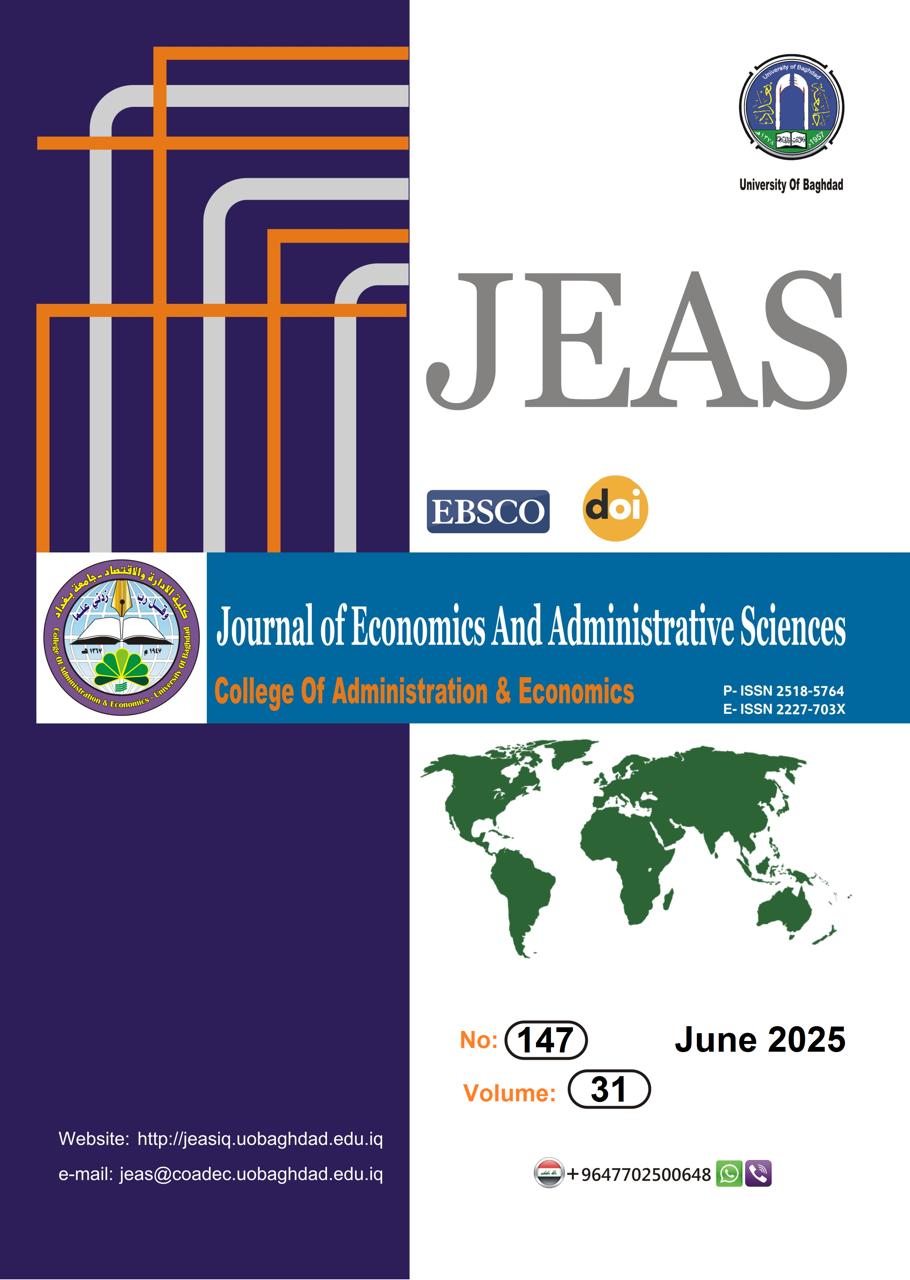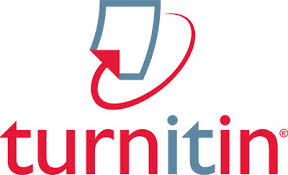A Nonparametric Estimator of the Reliability Function for a Carbon Fiber-Reinforced Polymer under Cyclical Stress
DOI:
https://doi.org/10.33095/pfny6g72Keywords:
Nonparametric Estimation of Reliability Function, Carbon Fiber-Reinforced Polymer (CFRP), Cyclic Stress, Kernel Density Estimation (KDE), Gaussian Process Regression (GPR), Bayesian Estimation.Abstract
This paper introduces a method for measuring the Reliability Function of Carbon Fiber Reinforced Polymer (CFRP) under cyclic stress using nonparametric estimators. The study's goal is to gain a better understanding of material deterioration by combining microscopic and macroscopic approaches while accounting for the uncertainty associated with the data and models. Several statistical techniques were used to estimate the reliability function from failure data generated under cyclic stress, such as Nadaraya-Watson, spline estimation, kernel density estimation, Bayesian estimation, and Gaussian process regression.
Real data will be simulated as a result of experiments conducted in Stanford structures and the vehicle laboratory (SACL) in partnership with NASA's AMES Research Center for Predictive Excellence (PCoE). Thus, developing the method of generating data based on failure rate and the number of cycles that allow calculation of possible failure periods, the parametric models will accurately predict physical behavior under periodic pressure, as evidenced by data analysis using performance measures such as Mean Squared Error (MSE) and the Determination Factor (R 2). The study also confirms the need to include uncertainty in forecasts to increase accuracy of results-level estimation stresses the use of statistical models that explain uncertainty in particular Bayesian Kernel Estimator and Gaussian Process Regression to estimate the reliability function of carbon fiber reinforced polymers CFRP maintenance costs that are important in the development of vehicle safety methodologies.
Downloads
References
Adam, M. A., Singh, S. S. K., Abdullah, S., & Jedi, M. A. M. (2025). Bayesian approach in fatigue reliability characterization for stochastic-induced road load conditions. Results in Engineering, 25,104505.
https://www.sciencedirect.com/science/article/pii/S2590123025005821
Ali, T. H. (2022). Modification of the adaptive Nadaraya-Watson kernel method for nonparametric regression (simulation study). Communications in Statistics - Simulation and Computation, 51(2), 391–403. https://doi.org/10.1080/03610918.2019.1652319
Härdle, W. (1990). Applied nonparametric regression. Cambridge University Press.
https://doi.org/10.1017/CCOL0521382483
Hasan, N. N., & Hussien, D. A. (2018a). Generalized spline approach for solving system of linear fractional Volterra integro-differential equations. Ibn al-Haitham Journal for Pure and Applied Sciences, 31(1), 222–230. https://doi.org/10.30526/31.1.1842
Hasan, N. N., & Hussien, D. A. (2018b). Generalized spline method for integro-differential equations of fractional order. Iraqi Journal of Science, 1093–1099.
https://doi.org/10.24996/ijs.2018.59.2C.13
Hussein, D., & Youssef, M. (2012). Nadaraya-Watson Estimator a Smoothing Technique for Estimating Regression Function. Journal of Economics and Administrative Sciences, 18(65), 283. https://doi.org/10.33095/jeas.v18i65.1112
Larrosa, C., & Chang, F. (2012, July). Real time in-situ damage classification, quantification and diagnosis for composite structures. In Proceedings of the 19th International Congress on Sound and Vibration (pp. 1–8). Vilnius, Lithuania.
Mraoui, H., El-Alaoui, A., Bechrouri, S., Mohaoui, N., & Monir, A. (2024). Two-stage regression spline modeling based on local polynomial kernel regression. Computational Statistics.
https://doi.org/10.1007/s00180-024-01498-x
Norkin, V., & Pichler, A. (2025). Models parametric analysis via adaptive kernel learning. arXiv.
http://arxiv.org/abs/2501.14485
Nsanzumuhire, C., Daramola, O. O., Oladele, I. O., & Akinwekomi, A. D. (2025). Review of current progress on additive manufacturing of medical implants and natural/synthetic fibre reinforced composites. Materialwissenschaft und Werkstofftechnik, 56(1), 17–42.
https://doi.org/10.1002/mawe.202400070
Sadek, A. M., & Mohammed, L. A. (2024). Evaluation of the performance of kernel non-parametric regression and ordinary least squares regression. JOIV: International Journal on Informatics Visualization, 8(3), 1352–1360.
https://joiv.org/index.php/joiv/article/view/2430
Seyala, N., & Abdullah, S. N. (2024). Cluster analysis on longitudinal data of patients with kidney dialysis using a smoothing cubic B-spline model. International Journal of Mathematics, Statistics, and Computer Science, 2, 85–95.
https://ijmscs.org/index.php/ijmscs/article/view/8337
Taki, A., Firouzi, A., & Mohammadzadeh, S. (2018). Life cycle reliability assessment of reinforced concrete beams shear-strengthened with carbon fiber reinforced polymer strips in accordance with fib bulletin 14. Structural Concrete, 19(6), 2017–2028.
https://doi.org/10.1002/suco.201700289
Taki, A., Firouzi, A., & Mohammadzadeh, S. (2020). Reliability analysis of carbon fiber-reinforced polymer shear-strengthened reinforced concrete beams subjected to deterioration. ACI Structural Journal, 117(4), 25–38.
Published
Issue
Section
License
Copyright (c) 2025 Journal of Economics and Administrative Sciences

This work is licensed under a Creative Commons Attribution-NonCommercial-NoDerivatives 4.0 International License.
Articles submitted to the journal should not have been published before in their current or substantially similar form or be under consideration for publication with another journal. Please see JEAS originality guidelines for details. Use this in conjunction with the points below about references, before submission i.e. always attribute clearly using either indented text or quote marks as well as making use of the preferred Harvard style of formatting. Authors submitting articles for publication warrant that the work is not an infringement of any existing copyright and will indemnify the publisher against any breach of such warranty. For ease of dissemination and to ensure proper policing of use, papers and contributions become the legal copyright of the publisher unless otherwise agreed.
The editor may make use of Turtitin software for checking the originality of submissions received.
























